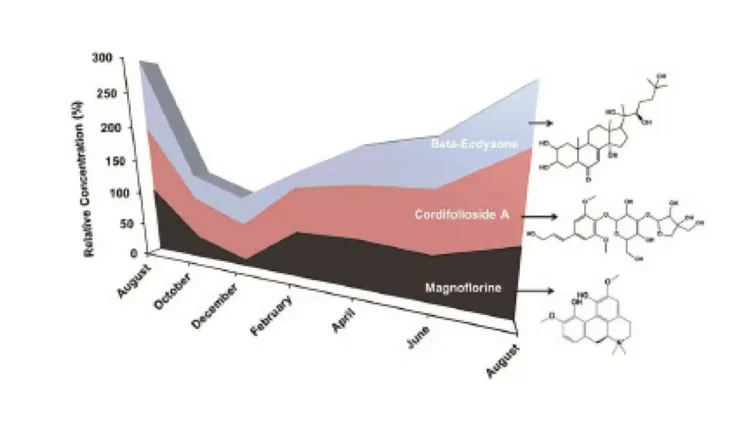Haridwar: A groundbreaking study by Patanjali has established that the stem of Tinospora cordifolia, known as Giloy or the ‘immortal herb’ of Ayurveda, collected during the monsoon season, is the most effective for medicinal uses. This significant research has been featured in the esteemed international journal, BMC Plant Biology, a Springer Nature Publication. On this occasion, Acharya Balkrishna remarked on the significance of nature-related festivals, such as Harela and Jadi-Booti Diwas, and questioned why certain times of year are considered optimal for harvesting specific plant parts according to Ayurvedic texts. He pondered whether there is a scientific basis for this timing or if it is merely a tradition handed down through generations.
The research illustrates that the insights of sages in the Sanatan scriptures, along with the festivals intrinsic to Indian culture, are not just mythological tales, but rather represent a scientific understanding developed for the benefit of future generations. Now is the perfect moment to reconnect with nature and embrace Sanatan culture, viewing our scriptures as profound scientific knowledge ready to be explored. Dr. Anurag Varshney, Chief Scientist at Patanjali, highlighted that in Ayurveda, the efficacy of medicinal plants is influenced by the concentration of phytochemicals, which can fluctuate with the seasons. The study provides scientific support for this traditional wisdom, underscoring that timely harvesting of herbs enhances their medicinal properties and significantly elevates the quality of Ayurvedic preparations.


